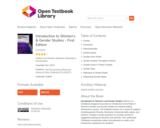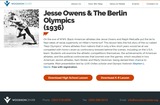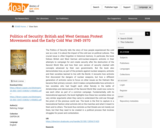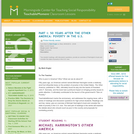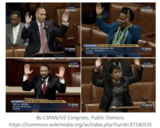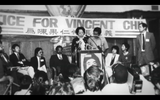
This lesson will explore how the 1982 murder of Vincent Chin galvanized the Asian American community, resulting in increased visibility for Asian Americans, an organized response to racism and xenophobia, and the birth of a new generation of activists. In addition, the lesson will explore the legal impact of Vincent Chin’s murder and how it has shaped how we view and define hate crimes today.
2021 Social Science Standards Integrated with Ethnic Studies:
Civics and Government: 8.10, HS.2, HS.11
Historical Knowledge: 8.22, HS.52, HS.58, HS.60, HS.65
Historical Thinking: 8.32, HS.70
Social Science Analysis: 8.36, HS.71, HS.72, HS.77
- Subject:
- English Language Arts
- History
- U.S. History
- Material Type:
- Lesson Plan
- Author:
- The Asian American Education Project
- Date Added:
- 01/25/2023
